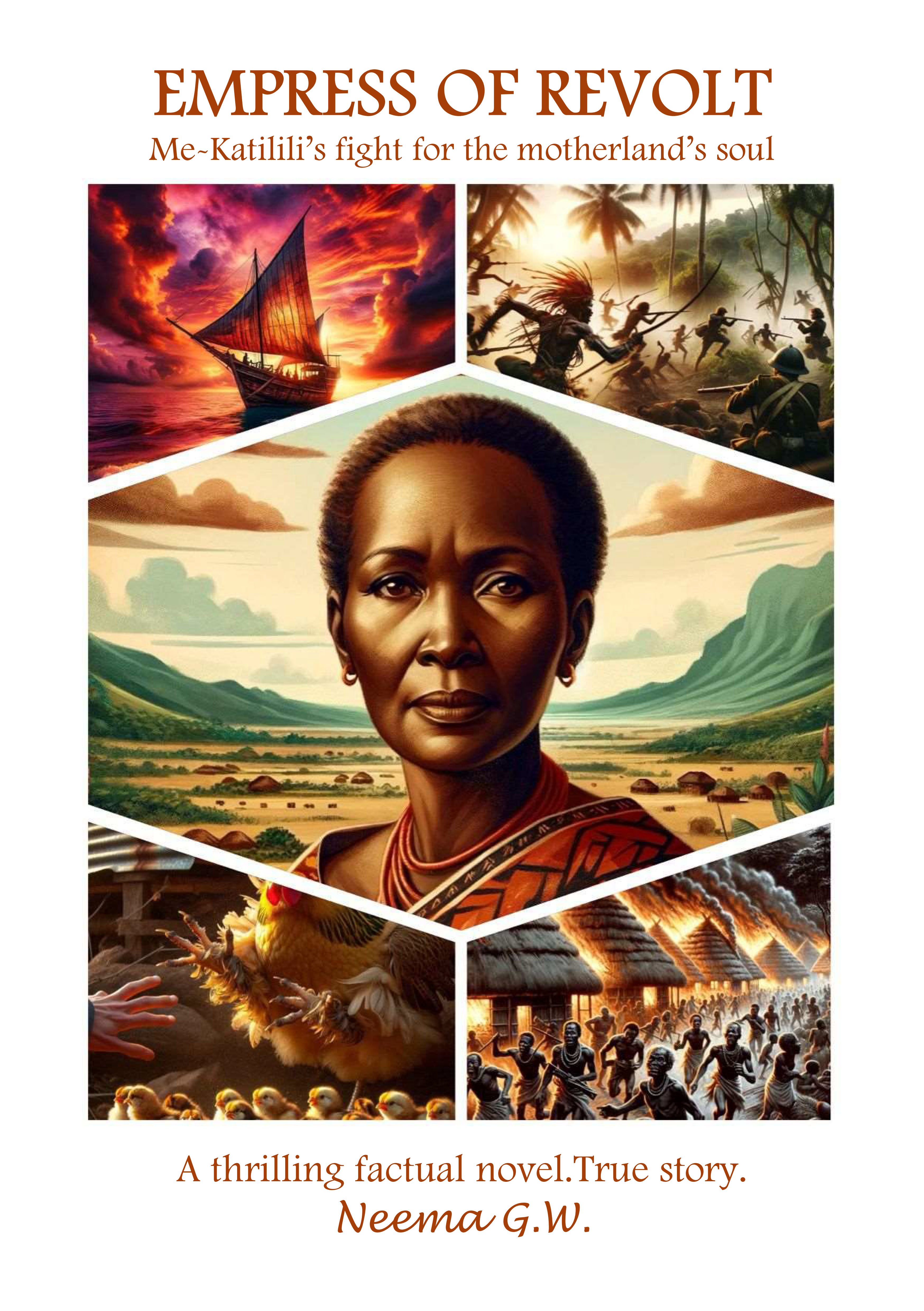PROLOGUE
The Ancient World of the Mijikenda
Before the chronicles of history were etched in the annals of time, there existed a world where the spirit of humanity danced with the rhythm of the earth. This was the land of the Mijikenda, nestled along the lush eastern coast of Africa, a place where the echoes of the past whispered through the dense forests of the sacred Kayas. Here, in this cradle of civilization, the Mijikenda thrived under the canopy of equatorial skies, their lives a harmonious blend of tradition, spirituality, and communal integrity.
The governance of the Mijikenda was a testament to their sophisticated societal structure. It was presided over by a council of elders and chiefs, who guided their people with wisdom and foresight. Their economy flourished through agriculture, hunting, and trade, and their markets were a bustling nexus of cultural exchange.
The heart of their faith pulsed with a deep reverence for Mulungu, the supreme God, and a veneration for the ancestors, whose spirits safeguarded their communities.
The arrival of foreign influences since late 15th century
However, the tranquility of this society was destined to be shattered by the sails of foreign ships on the horizon.
The arrival of Vasco da Gama in the late 15th century heralded the beginning of an era of external influence and domination. The Portuguese, with their fortresses and firepower, were but the first in a series of foreign powers that would seek to claim dominion over the East African coast.
Mombasa and Zanzibar became focal points of conflict and cultural exchange, as the Portuguese were supplanted by the Omani Arabs in the late 17th century, who left an indelible mark on the region through the spread of Islam and the integration of Omani customs into the local culture.
Eventually the British took over the control in the late 19th century by claiming Kenya as protectorate and later as colony.
The cultural fusion of East Africa was further enriched by the arrival of foreign traders and immigrants: Persians, Indians, Chinese, Spaniards, Turks, Italians, Germans, and French - each adding new threads to the fabric of local society.
The Kiswahili language, a linguistic melding of Bantu, Arabic, Persian, and later European languages, emerged as a lingua franca, binding the diverse peoples of the coast into a unique Swahili culture.
The shadow of the slave trade (16th-19th century)
Yet, this era of cultural synthesis was darkened by the shadow of the slave trade, a scourge that bled the continent for centuries. Zanzibar, particularly under Sultan Sayyid Bargash bin Said al-Busaidi, became the heart of this grim commerce, serving the demands of markets from the Arabian Peninsula to the Americas. This dark turning point coincided with the aftermath of Christopher Columbus's voyages, which had unveiled the 'New World' to European ambitions.
The indigenous peoples, once the masters of their lands, found themselves caught in a vortex of exploitation and resistance. The local populations soon confronted this grim reality as Arab slave traders like Hamad bin Muhammad anchored themselves in places like Zanzibar, transforming these locales into pivotal markets. Zanzibar, in particular, emerged as a crucial hub, catering to the demands of the Arabian Peninsula, Iran, Britain, and the Americas. What began as a quest for prosperity morphed into an era of unbridled greed, where the pursuit of wealth eclipsed the value of human life.
Resistance and defiance (early 20th century)
It was within this turbulent historical tapestry that Me-Katilili wa Menza, a woman of the Giriama, rose as a beacon of defiance against colonial subjugation. Her revolt was not just a battle against the British encroachment but a stand for the dignity, independence, and cultural heritage of her people.
The British - under the monarch of Queen Victoria, then her son King Edward VII - in their quest to impose control, not only undermined the local economy through the manipulation of trade, notably the ivory trade, but also sought to alienate the Mijikenda from their lands, introducing foreign crops and seizing vast tracts for rubber plantations.
Legacy of resilience and freedom
The resilience of the Mijikenda, their refusal to succumb to the forces of colonialism, and the spirit of Me-Katilili wa Menza, resonate through history as a testament to the enduring strength of a people fighting for their freedom and identity. From the sacred Kayas to the bustling markets of Mombasa and the courtrooms where battles for justice were fought, the story of the Mijikenda is one of courage, resistance, and the unbreakable bond between a people and their land.
As we journey through the pages of this tale, we traverse the pathways of time, from the ancient days of prosperity and peace through the tumult of invasion and resistance to the dawn of a new era marked by the legacy of those who fought with unwavering spirit.
This is not just the story of Me-Katilili wa Menza or the Mijikenda; it is the saga of human resilience against the tide of history, a narrative that echoes the timeless struggle for freedom, dignity, and the right to forge one's destiny.

